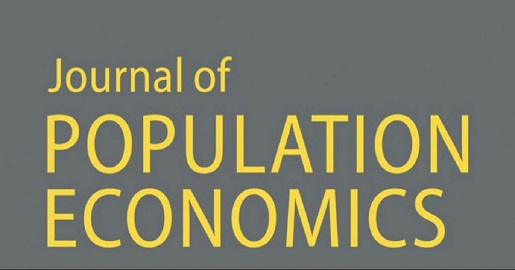Europe decided to abolish daylight saving time in 2021, since the save energy impact is debatable; but so far concrete actions remained elusive. Here is some scientific evidence.
- Balia, S., Depalo, D., Robone, S. (2023). Daylight Saving Time Policies Around the World: Diversity and Impact. In: Zimmermann, K.F. (eds) Handbook of Labor, Human Resources and Population Economics. Springer, Cham. https://doi.org/10.1007/978-3-319-57365-6_404-1

Abstract: This chapter describes the regulations on daylight saving time (DST) in Europe and the United States, with an emphasis on their historical evolution, current policies, and possible future changes, namely the abolition of the two-phase time arrangement. The chapter also documents the highly heterogeneous perception of the policy among citizens, which is often supported more by individual beliefs than by scientific evidence. The scientific evidence on the causal impact of DST on various outcomes, such as energy consumption, human health, well-being, risky behaviors, and economic performance, is examined. The variability in results reported in the literature may be attributed to differences in the population of interest, the outcome under consideration, and the identification strategy adopted. The chapter concludes by suggesting possible extensions to the literature.
Daylight saving is under debate. What are the health and crime implications?
Based on natural experiments: Stratified demographic analyses for Indiana/USA indicate that daylight saving time had reduced mortality among males, females, and whites, but only among those aged 65 years and older. For Montevideo/Uruguay research identified a strong and statistically significant decrease in robbery. Two articles in the Journal of Population Economics, issue 3/2022, present these research findings.
- Adam Cook
Saving lives: the 2006 expansion of daylight saving in Indiana
Readlink: https://rdcu.be/cQIFg
Abstract: Using data provided by the Indiana State Department of Vital Statistics, this study examines the mortality effects of daylight saving time observance using the April 2006 expansion of daylight saving time in Indiana as a natural experiment. The expansion of daylight saving time to all Indiana counties lowered the average mortality rate in the treatment counties during the months in which daylight saving time was observed. Stratified demographic analyses indicate that daylight saving time reduced mortality among males, females, and whites, but only among those aged 65 years and older. Specific-cause analysis indicates that daylight saving time lowered mortality primarily via reduced cancer mortality. The results of this study suggest a novel solar UVB-vitamin D mechanism could be responsible for the reduction in treatment county mortality following the expansion of daylight saving time in Indiana.

- Emiliano Tealde
The unequal impact of natural light on crime
Readlink: https://rdcu.be/cQIF9
This paper studies the relationship between ambient light and criminal activity. I develop a Becker-style crime model that shows that a sudden increase in ambient light produces a larger reduction in crime in areas with less public lighting. Daylight savings time (DST), the natural experiment used, induces a sharp increase in natural light during crime-intense hours. Using geolocated data on crime and public lighting for the city of Montevideo in Uruguay, regression discontinuity estimates identify a strong and statistically significant decrease in robbery of 17%. The decrease is larger in poorly lit areas. Computing the level of public lighting at which DST has no effect on crime reduction, I identify the minimum level of public lighting that an area should target.
Ends;

